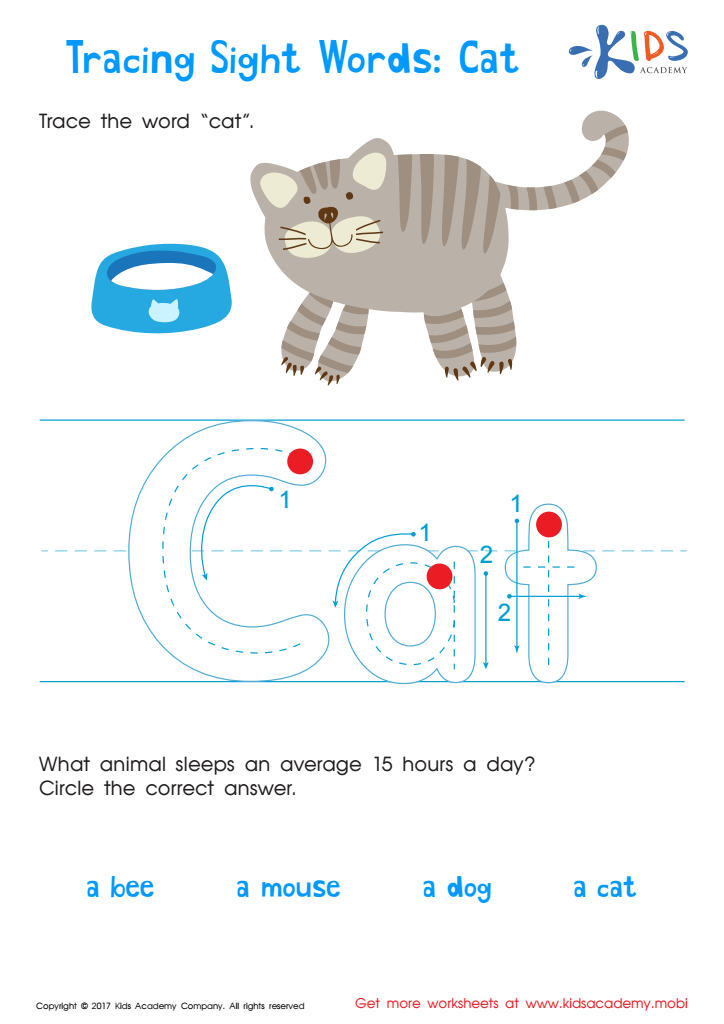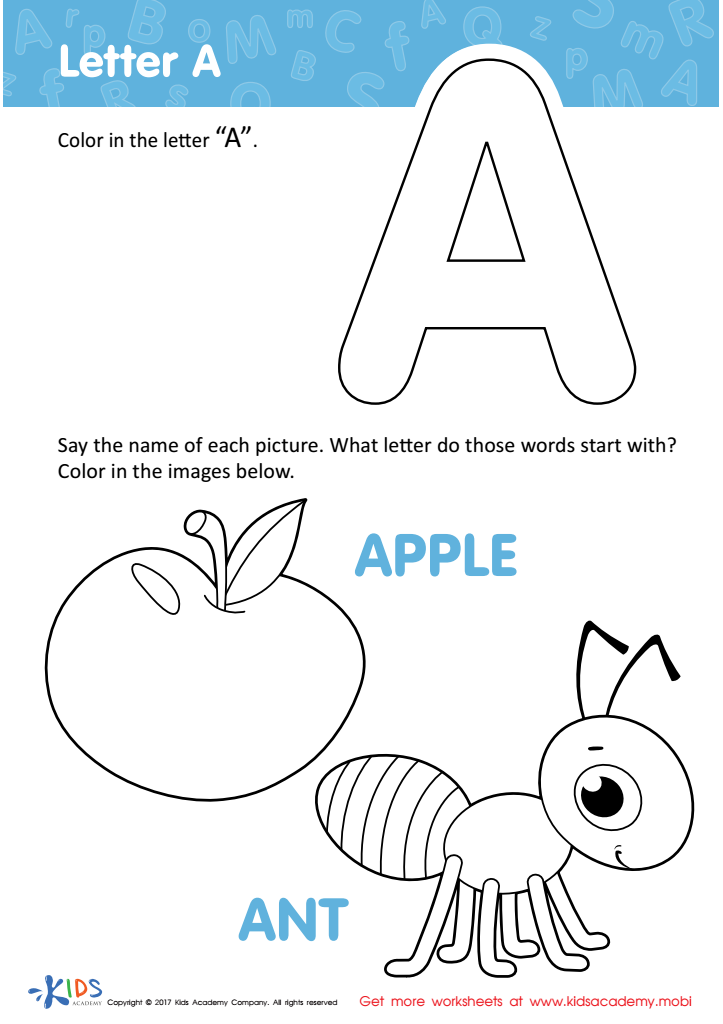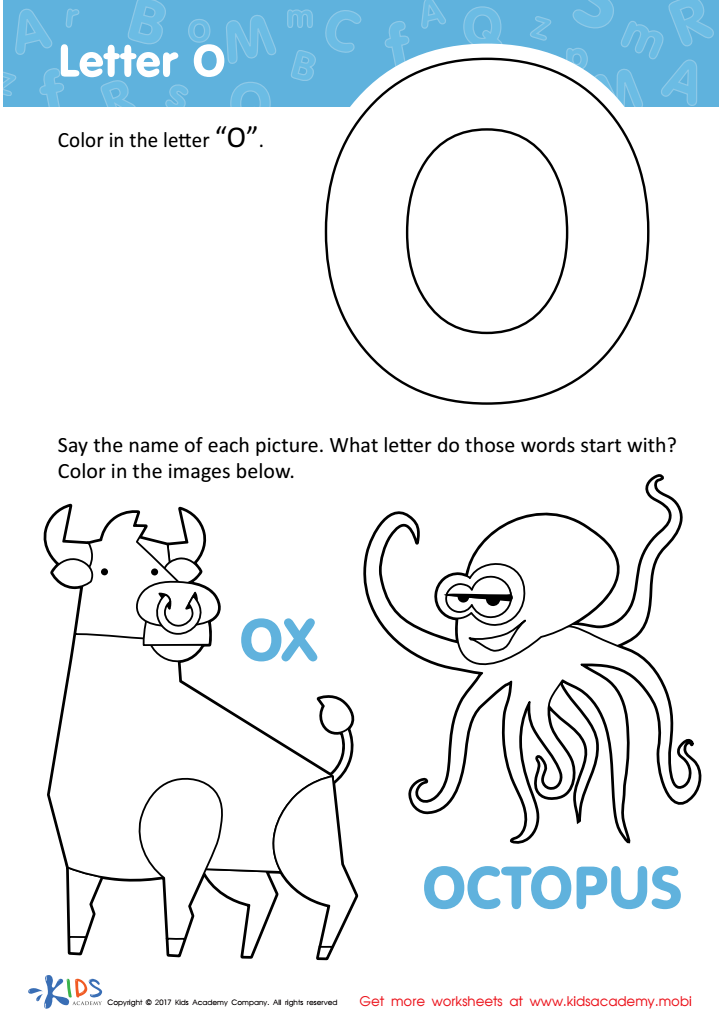Letter Tracing Normal Worksheets for 7-Year-Olds
5 filtered results
-
From - To
Nurture your child's handwriting skills with our Letter Tracing Normal Worksheets designed for 7-year-olds. Each worksheet offers engaging activities to help kids practice proper letter formation and enhance fine motor skills. Our age-appropriate exercises feature easy-to-follow guides that make learning to write both fun and effective. With charming graphics and clear instructions, children are motivated to master tracing letters at their own pace. These worksheets align with educational standards, ensuring your child develops essential writing abilities, paving the way for academic success. Discover the joy of learning with our comprehensive collection of letter tracing worksheets today!


Cat Printable Sight Words Worksheet


Letter A Coloring Sheet


Letter D Coloring Sheet


Letter O Coloring Sheet


Letter H Coloring Sheet
Letter tracing is a fundamental literacy skill crucial for 7-year-olds, as this age typically marks near the end of initial handwriting instruction and reinforces core academic skills. Letter tracing aids in developing fine motor skills, essential for fluent writing. For seven-year-olds, consistent practice through letter tracing reinforces muscle memory, helping them form letters uniformly and with ease, which is crucial for legibility and overall writing coherence.
It also enhances cognitive development by linking visual recognition and physical movement. As children trace letters, they reinforce recognition of alphabetic shapes and learn proper formation, spacing, and alignment. This foundational skill supports other academic areas like reading, spelling, and counting, which are pivotal at this stage of their education.
Moreover, confidence in writing translates to better engagement in classroom activities and reduces anxiety around written tasks. For parents and teachers, monitoring tracing activities offers immediate feedback on a child's progress and areas needing attention. Involvement in these fundamental exercises means fostering a strong educational base, leading to better articulation and expression, crucial for a child’s overall academic trajectory.
Thus, investing time and effort in letter tracing helps ensure that children develop the necessary dexterity, cognitive linkages, and confidence to succeed across various academic fields, fostering a positive attitude toward learning.

 Assign to My Students
Assign to My Students
















